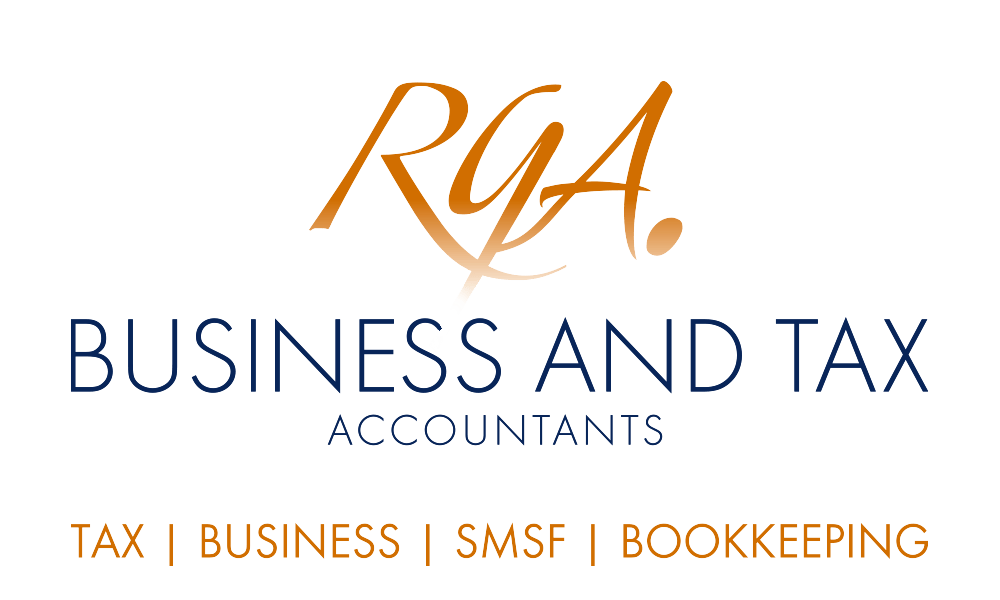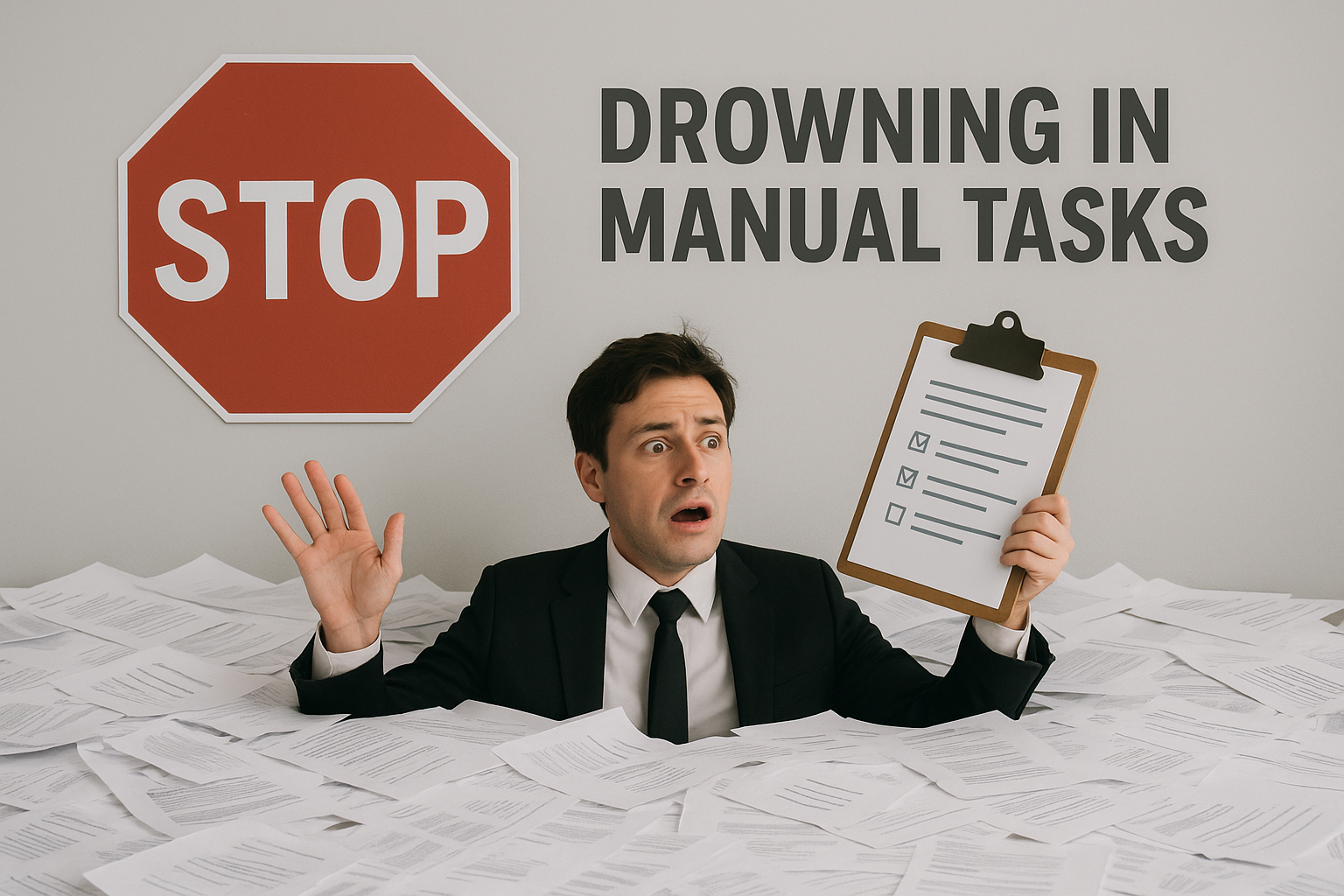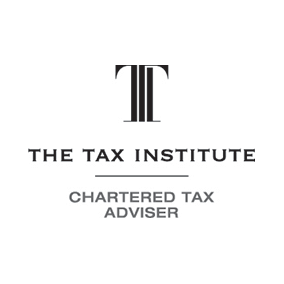
Salary sacrifice strategies are a great way to boost retirement savings. But unwelcome loopholes in the law prior to 1 January 2020 meant some workers may have been getting less than they bargained for. Fortunately, the government has taken action to fix this.
From 1 January 2020
From 1 January 2020, salary sacrificed super contributions can't be used to reduce your super guarantee obligations, regardless of the amount your employee elects to salary sacrifice.
This means the salary sacrificed amount does not count towards your super guarantee (SG) obligations. A further change is that the super guarantee will be 9.5% of the employee's ordinary time earnings base. The base is the sum of:
- the employee's OTE
- the amount salary sacrificed from the employee's OTE.
Prior 1 January 2020
Prior to 1 January 2020, there were salary sacrificing loopholes that could adversely affect your retirement savings plans. Most workers understand that their employer must make compulsory super guarantee (SG) contributions of 9.5% of their salary and wages. However, things get a little tricky when an employee chooses to salary sacrifice – and it could have unintended consequences.
Under laws that existed prior to 1 January 2020, employees who sacrifice some of their salary in return for additional super contributions may end up receiving less than they expected because of the following two legal loopholes:
- Employers may choose to count the salary sacrifice contributions they make towards satisfying their obligation to make minimum SG contributions of 9.5%.
- Additionally, employers may calculate their 9.5% contributions liability based on the employee's reduced salary after deducting sacrificed amounts, rather than the pre-sacrifice salary.
The following example demonstrates how the old laws could have adversely affected a worker's savings strategy:
Kayla earns $100,000 p.a. from her employer. This means she's entitled to compulsory SG contributions of 9.5% of her $100,000 salary (ie $9,500). She therefore earns total remuneration of $109,500.
Kayla now arranges to salary sacrifice $10,000 of her salary as extra contributions, reducing her salary to $90,000. But under old laws, her employer was only required to make compulsory SG contributions of 9.5% of $90,000 (not $100,000), ie $8,550.
Another problem was that her $10,000 salary sacrifice contributions could count towards her employer's obligation to pay SG contributions. She could receive only $10,000 in total contributions plus $90,000 salary (meaning total remuneration of $100,000) and her employer wouldn't be in breach of SG laws.
When Kayla entered this arrangement she was expecting to receive contributions of $9,500 plus $10,000, a total of $19,500, while maintaining total remuneration of $109,500 (ie $90,000 salary plus $19,500 contributions). Clearly, the old laws produced a bad outcome for Kayla.
These loopholes possibly existed because salary sacrificing was not a widespread strategy when the SG laws were written.
In practice, many employers were not taking advantage of the loopholes and were instead honouring the employee's intended contributions strategy.
However, evidence suggests some employers were applying the rules differently. They may even do this inadvertently through their payroll processes.
A fix is now law from 1 January 2020
New laws apply from 1 January 2020 to close the loopholes by requiring employers to pay compulsory SG contributions at 9.5% of the pre-sacrifice amount of salary (that is, the salary actually paid to the employee plus any sacrificed salary). Further, any salary sacrifice contributions will not count towards satisfying the employer's obligation to make compulsory SG contributions.
What should workers and employers do?
The new laws will only apply to quarters beginning on or after 1 January 2020. All salary-sacrificing workers should check their arrangements now to ensure they're receiving the full intended benefit of the arrangement. They may need to specifically check the amounts going into their fund.
Employers should also ensure their payroll is compliant from 1 January 2020.
Review your salary sacrifice arrangement
Now is a good time to check that your retirement savings plan is on track. Contact us for assistance in checking your current arrangement or approaching an employer who may be paying less than you expect. We can also help you review your affairs to ensure you're implementing the most tax-effective sacrificing strategy.









